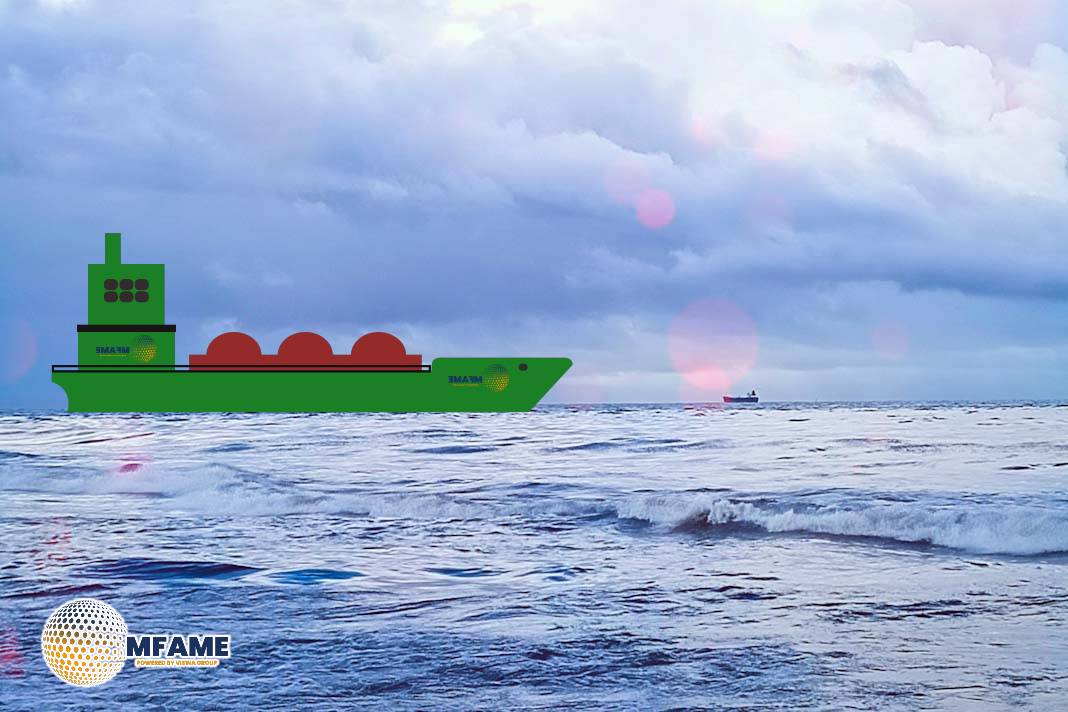- IQR Reveals Predictability Gaps in South American Trade Lanes.
- Import Planning Challenged by Wide Transit Time Deviations.
- Asia-WCSA Most Predictable Route by Transit Time IQR.
Long transit times are not necessarily a problem for importers, as they can be incorporated into supply chain lead times. The actual issue is when the scheduled transit times do not match the actual transit times. Both early and late arrivals can create operational problems. Early arrivals can result in unexpected detention and demurrage fees, while delays can create downstream supply chain disruptions, reports Sea Intelligence.
Understanding Transit Time Variability Through IQR
A useful method of visualising and evaluating transit time deviations is through the application of the Interquartile Range (IQR). The IQR measures the interval within which the middle 50% of transit time deviations lie. The smaller the IQR, the more densely clustered are the majority of transit time deviations, providing enhanced predictability. Conversely, a larger IQR shows greater dispersion, even of typical deviations, and consequently complicates logistics planning.
Why IQR Predictability is Important for Importers
A lower IQR is more predictable and controllable for importers, making supply chain planning more efficient. In contrast, a higher IQR generates uncertainty, as even the most frequent transit time variations can differ sharply, raising the risk of being off-synch with internal operations and delivery expectations.
Sea-Intelligence Analysis: IQR on South American Trade Lanes
In Sea-Intelligence Sunday Spotlight Issue 714, the IQR of deviations of transit times was investigated for six of the largest trade lanes to South America:
- Asia–West Coast South America (WCSA) exhibited the tightest IQR at 1.01 days, with deviations between 1.95 and 3.05 days. This most constricted clustering renders it most predictable in the studied lanes.
- Conversely, the largest IQR was 2.69 days for East Coast South America (ECSA)–North Europe (NEUR), and deviations ranged from 4.33 to 7.02 days. The same trade lane recorded the maximum median transit time deviation, indicating higher variability as well as uncertainty.
IQR as a Strategic Planning Metric
For supply chain planners and importers, examination of the IQR of transit time variability offers insight into shipping route predictability and reliability. Selecting trade lanes with lower IQRs can result in fewer disruptions and smoother operations, even if absolute transit times are longer.
Did you subscribe to our daily Newsletter?
It’s Free Click here to Subscribe!
Source: Sea Intelligence

















